Makizushi is considered to be representative of sushi along with nigiri sushi. In Japan, the food culture of sushi rolls, which appeared in the Edo period, has flourished both in Japan and overseas. With the popularity of it, various variations have appeared. What was the origin of rolled sushi, and how did it develop? We will explain all about Makizushi in this article.
What is Makizushi?
Makizushi (巻き寿司), also known as sushi rolls, is a type of sushi made by wrapping vinegared rice and ingredients in sheet seaweed like a roll cake, which locals called “nori-maki.” In Japan, sushi rolls are a widespread Japanese food. You can find them not only in sushi restaurants but also on the basement floors of department stores, supermarket side dishes, and convenience stores. It is also not uncommon to make it at home. A unique tool known as a makisu is used when making sushi rolls. It is a utensil that connects thinly sliced bamboo with a string and used to arrange ingredients such as seaweed, sushi rice, fish, and eggs when cooking.
Etymology
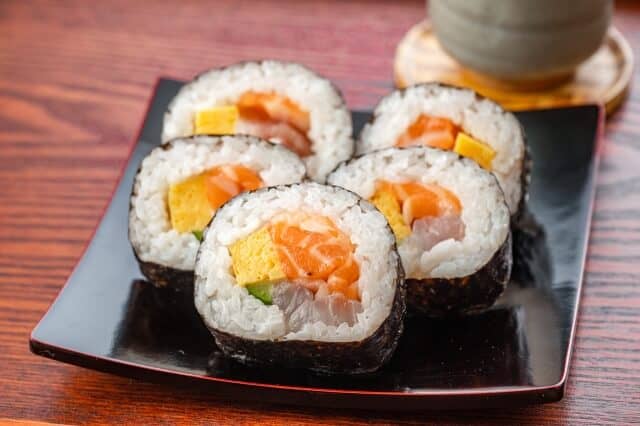
The term maki came from “makisu (巻き簾)” which is a mat woven from bamboo and cotton string used in food preparation. Maki is the diminutive of “makizushi,” which means “sushi rolls” they were born naturally in Japan and made from a roll of white rice in sweet vinegar garnished with raw fish or raw vegetables, all rolled up with a sheet of black seaweed. It means dishes rolled and wrapped in nori (海苔 seaweed). When Japanese people say “nori-maki,” it usually refers to sushi rolls.
Makizushi Origin
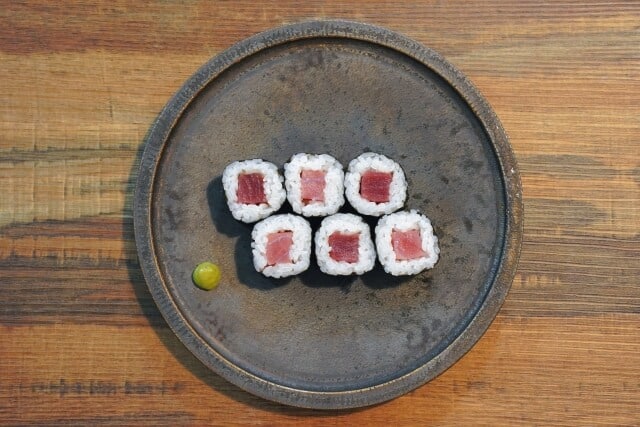
Makizushi or norimaki and various ingredients rolled with nori first appeared around 1750, following the invention of the sheet form of nori seaweed. They first introduced this in the Kansai region in the Edo period (1603–1868), which quickly spread throughout the country. The term makizushi first appeared in the book Ryōri Sankaikyō (料理山海郷), which itself was published in 1749. This dish, however, was seafood rolled with a bamboo mat rather than the modern makizushi (makisu). Current-day makizushi first appeared in the 1776 book Shinsen Kondate buruishū (新撰献立部類集), which describes how makizushi is made. From around this time, the Kansai region favored luxurious thick rolls, while in Edo, Japanese locals preferred thin rolls because they considered them unfashionable to roll a lot of ingredients. Then afterward, makizushi developed from the end of the Edo period, divided into high-end restaurants and low-priced stalls.
Makizushi Recipe
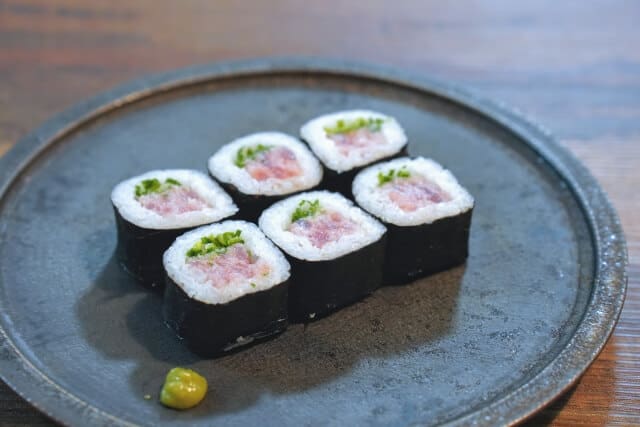
Makizushi Ingredients
| Ingredients of Makizushi for 1 person | |
| Rice (vinegared rice) | 200g |
| Egg (Atsuyaki egg) | 20g |
| Sakura Denbu | 20g |
| Mitsuba (boiled) | 20g |
| Dried Shiitake Mushrooms (Seasoned/Sliced) | 20g |
| Kanpyo (seasoned) | 20g |
| Nori | 3g |
How to Make Makizushi
Unfold the rolling paper, put the glossy side down, and put the short side down. Then, leave about 2 cm on the top of the nori and about 5 mm on the bottom.
Spread the vinegared rice evenly with a rice paddle.
Arrange the ingredients slightly below the center of the vinegared rice.
Lift the roll of nori in front of you and roll it while lightly holding down the ingredients. While holding the rolling bag, keep the rolling bag at the back with your left hand and drag it to the back to tightly roll it.
Gently hold the roll with both hands to shape it. Remove the sushi roll and cut the sushi rolls into 2 cm wide strips. Wipe the knife with a damp cloth after each cut.
If you add too much-vinegared rice, it will be difficult to roll, so be careful.
Types of Makizushi
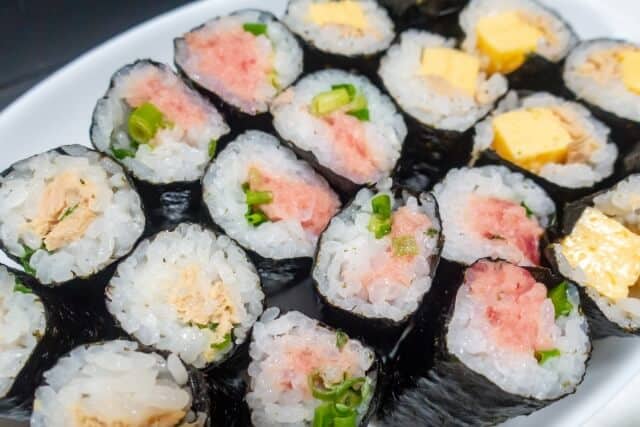
Thin roll
It is the basis of norimaki in Edomae sushi, and the standard (custom) is to use kanpyo as the filling and roll it into a circle.
- Kanpyo maki
- Kappamaki
- Shinkomaki
- Nara pickled roll
- Natto roll (natto maki)
- Tekkamaki
- Negitoro Roll
Thick roll
Thicker rolls than hosomaki are called futomaki. It uses one or more layers of sheet seaweed, uses a variety of seeds, and has a thickness of 5 cm or more in diameter.
- Seaweed Futomaki
- Seaweed double roll
Makizushi Family
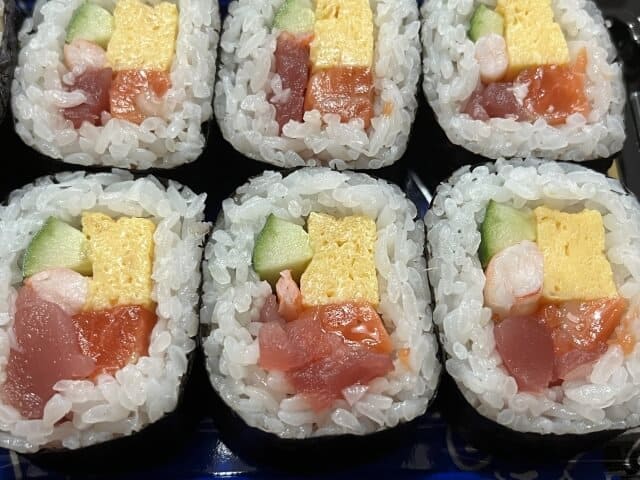
Norimaki
“Norimaki” is a word that generally means “a type of sushi wrapped in seaweed with vinegared rice.” The name comes from vinegared rice and ingredients wrapped in seaweed. It is the same as “makizushi,” as mentioned above. However, there is a difference in that while it is mainly called “nori-maki” in the Kanto region, it is generally called “makizushi” in the Kansai region. And the commonly used ingredients include tuna, cucumber, shrimp, tamagoyaki, kanpyo, squid, perilla, pickled radish, and natto.
Futomaki
“Futomaki” is an abbreviation of “futomaki sushi.” “Futomaki-sushi” means “sushi thickly rolled with a sheet of seaweed placed on a makisu, vinegared rice, and several kinds of ingredients on top”. Egg (Atsuyaki egg), sakura Denbu, mitsuba, dried Shiitake Mushrooms, and kanpyo are the common ingredients locals used.
Ehomaki
There are no set rules on what kind of ingredients one can use; however, anago and eel kabayaki, egg, and boiled shiitake mushrooms are popular choices. Locals make Ehomaki by wrapping the ingredients into a thick roll with rice and seaweed. The ingredients used by locals inside the Ehomaki are Kanpyo, boiled shiitake mushrooms, datemaki (or Dashimaki/Atsuyaki Tamago), eel (or conger eel), sakura Denbu, Ebi (shrimp), and cucumber.
Temaki sushi
“Temaki-sushi” is a type of “makizushi” and means “hand-wrapped rice, toppings, and seaweed.” Normally, the ingredients inside Temaki sushi consists of either tuna, salmon roe, tuna mayonnaise, salmon, sweet shrimp, and natto.
How to cut the sushi roll
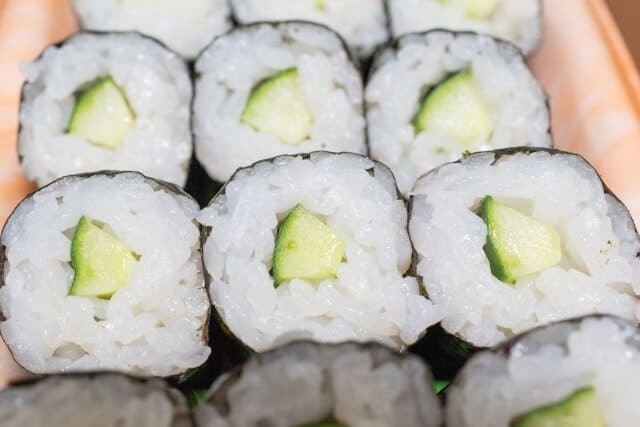
When cutting sushi rolls, use the length of the knife’s blade to pull it toward you and cut it in one go, like cutting a sashimi fence. After cutting, the rice will stick to the knife, so wipe it off with a damp cloth. Wetting the blade will not easily deform the shape of the sushi rolls, and you can cut them neatly.
Where to buy Makizushi
Kyubei (久兵衛)
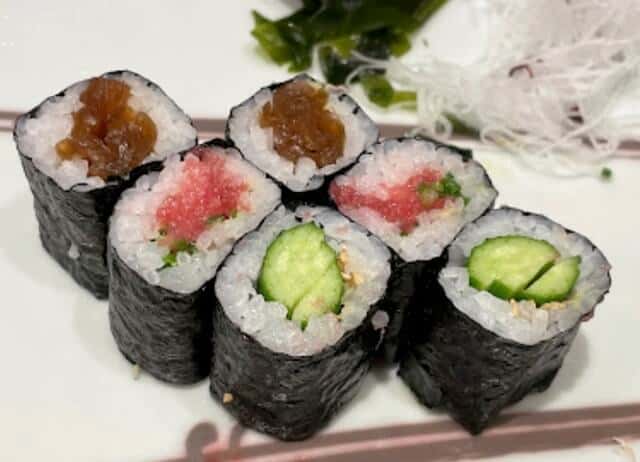
It is a long-established sushi restaurant in Ginza that uses high-quality ingredients such as melting conger eel, crispy shrimp, and fragrant seaweed. Shiba Ebi tamagoyaki with minced meat and shiitake mushrooms is also elegantly seasoned, and the size is also good.
Nihonbashi Tamai (日本橋玉ゐ本店)
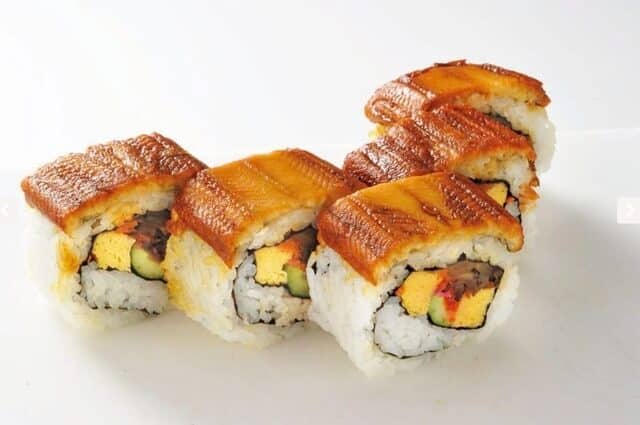
A voluminous, thick roll topped with conger eel made by “Nihonbashi Tamai,” a popular conger eel specialty store. The omelet, cucumber, shiitake mushrooms, and conger eel have a slightly sweet and fragrant flavor that they make to perfectly balanced it all. Their menu is irresistible for conger eel lovers.
Sushi Kitano
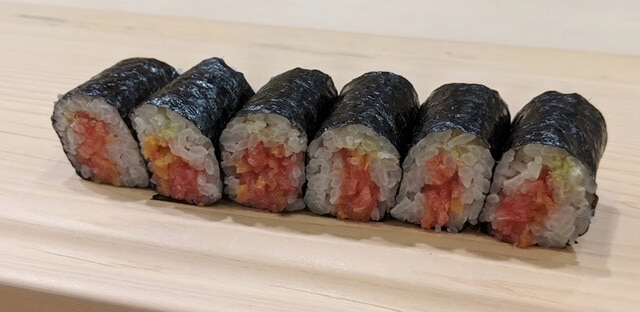
“Sushi Kitano” has a wide variety of tastes, including shrimp Oboro and burdock pickles. Tamagoyaki, kamaboko, cucumber, shrimp Oboro, kanpyo, and pickled burdock are in this thick roll made by a skilled craftsman. Sweetness, sourness, saltiness, etc., are well-balanced and delicious.
Final Thoughts
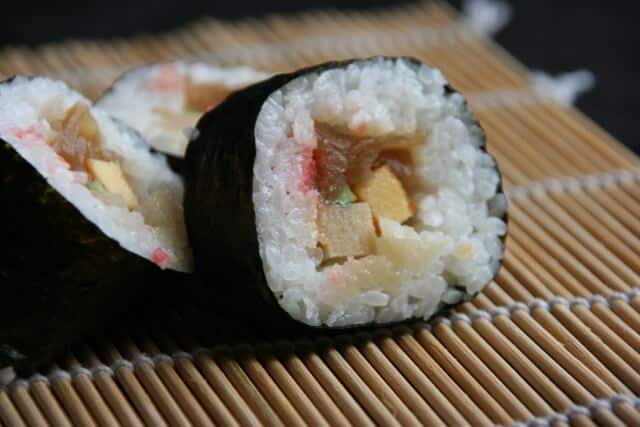
Sushi was initially invented for preservation when the Japanese used fermented rice to store fish for up to a year. Sushi can take on many different forms, and in this article, we’ll be talking about its most filling form: the makizushi roll. Americans usually associate this with the California roll. At the same time, those who have been to South Korea might imagine the humble kimbap, but makizushi takes on a very different appearance in Japan.
There are so many types of Japanese sushi in Japan, especially in the Kansai region that you should definitely try. If you are into a voyage for it, we have a list of must-try sushi and sashimi.
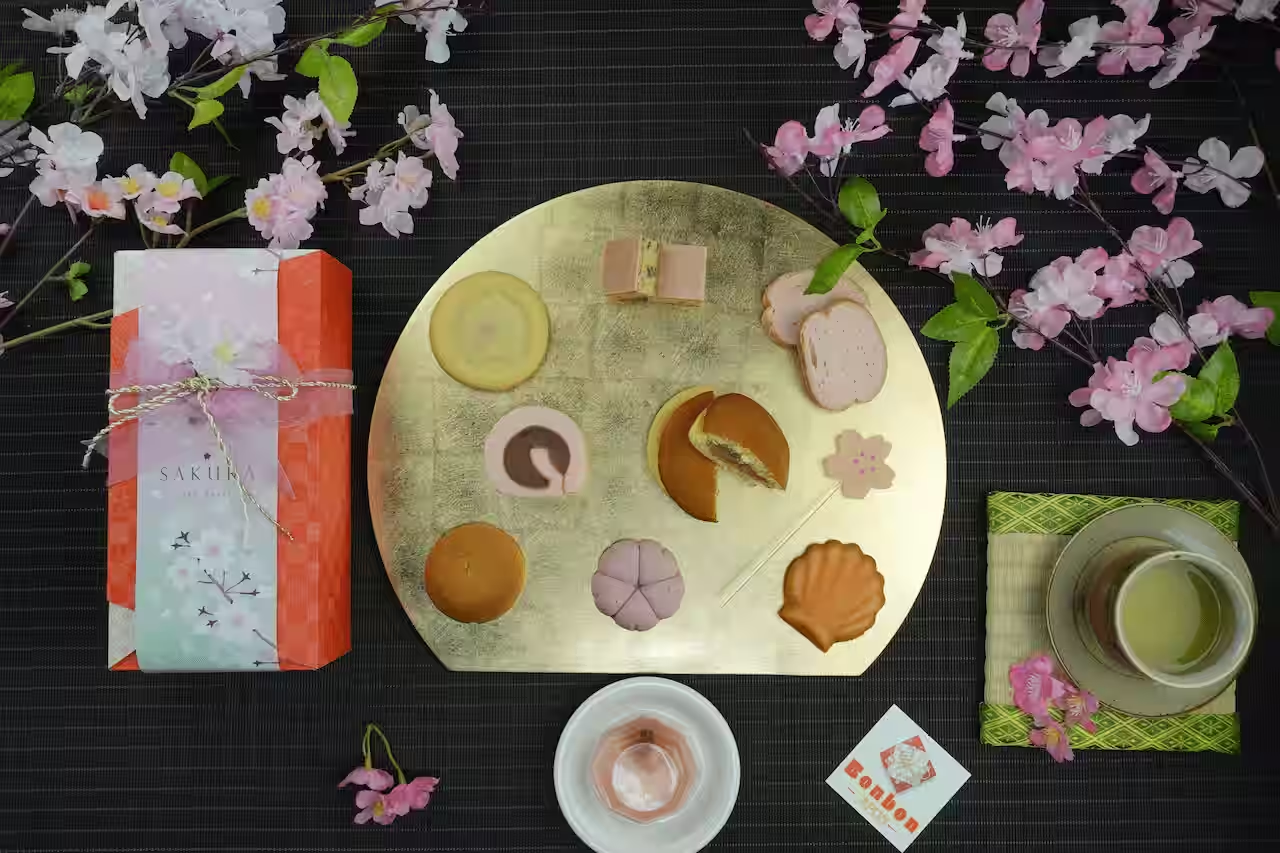
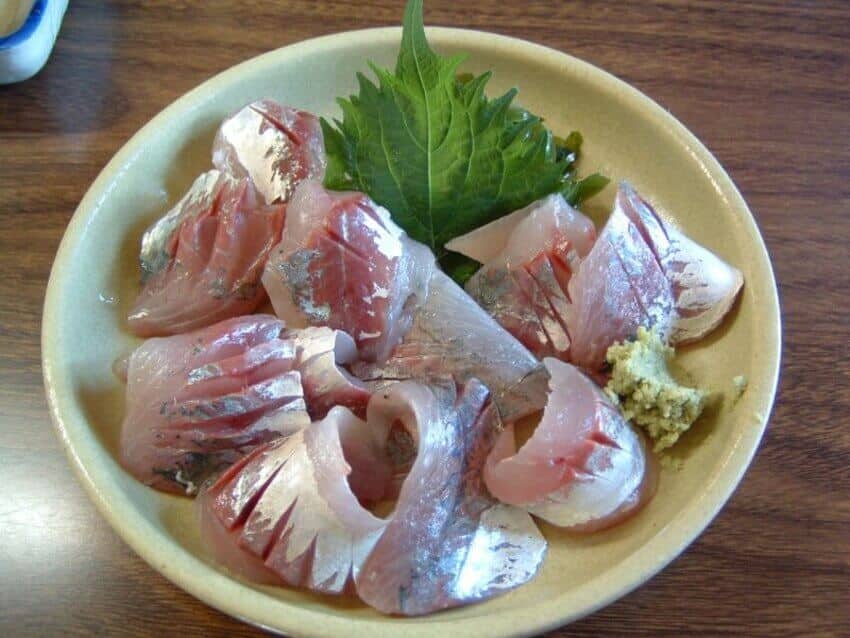
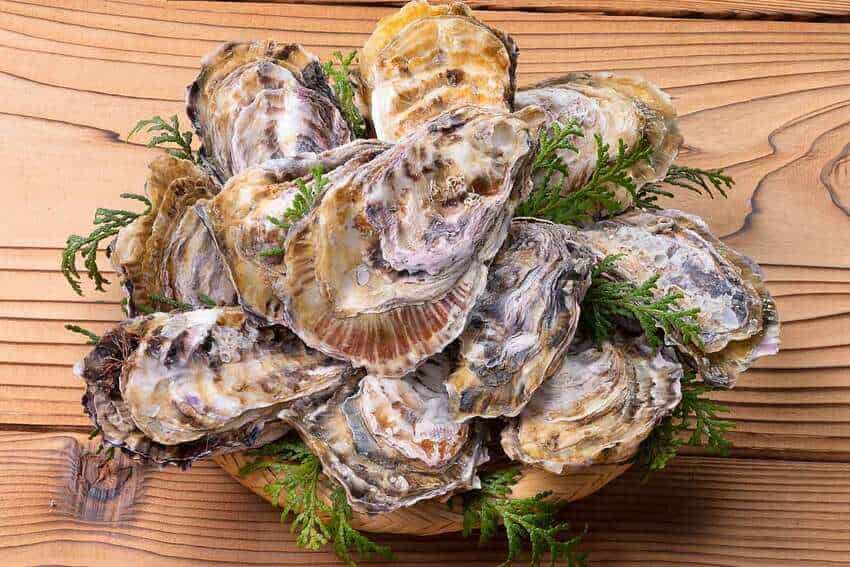
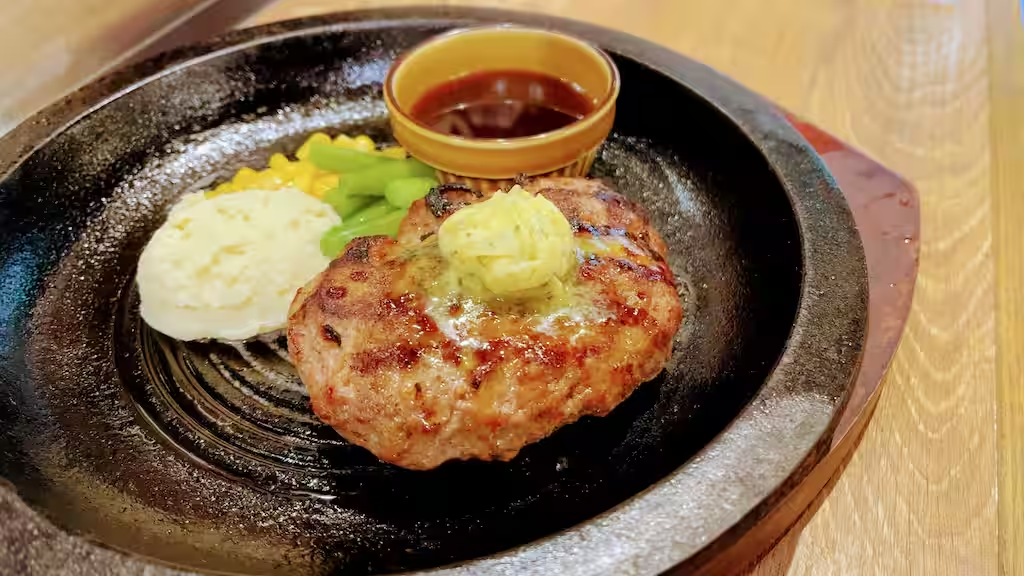
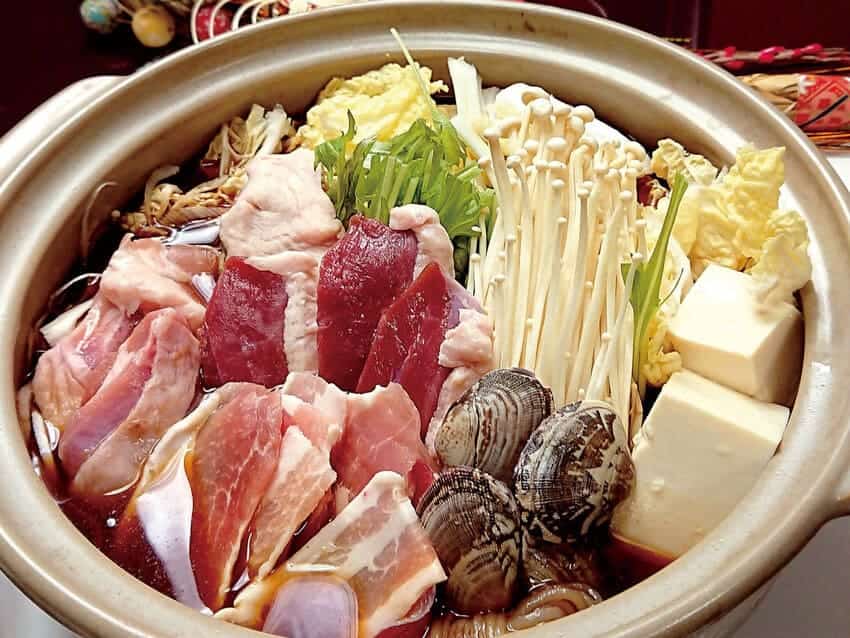


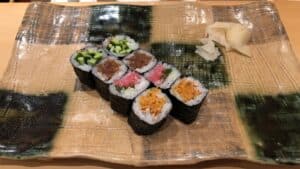
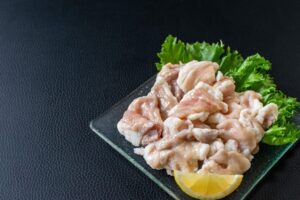

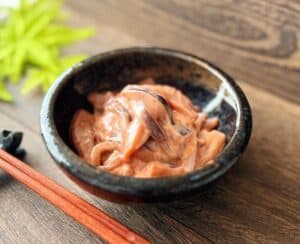
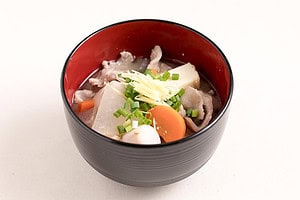
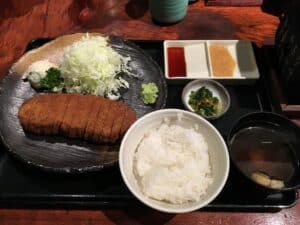
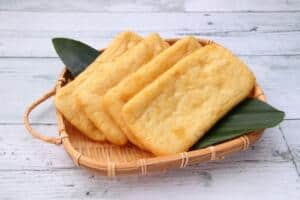
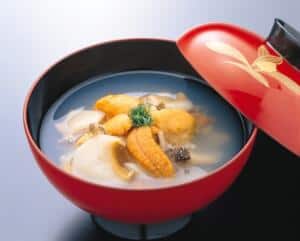
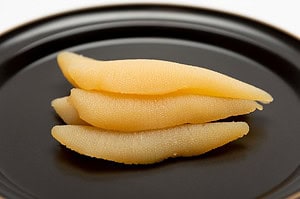
Comments